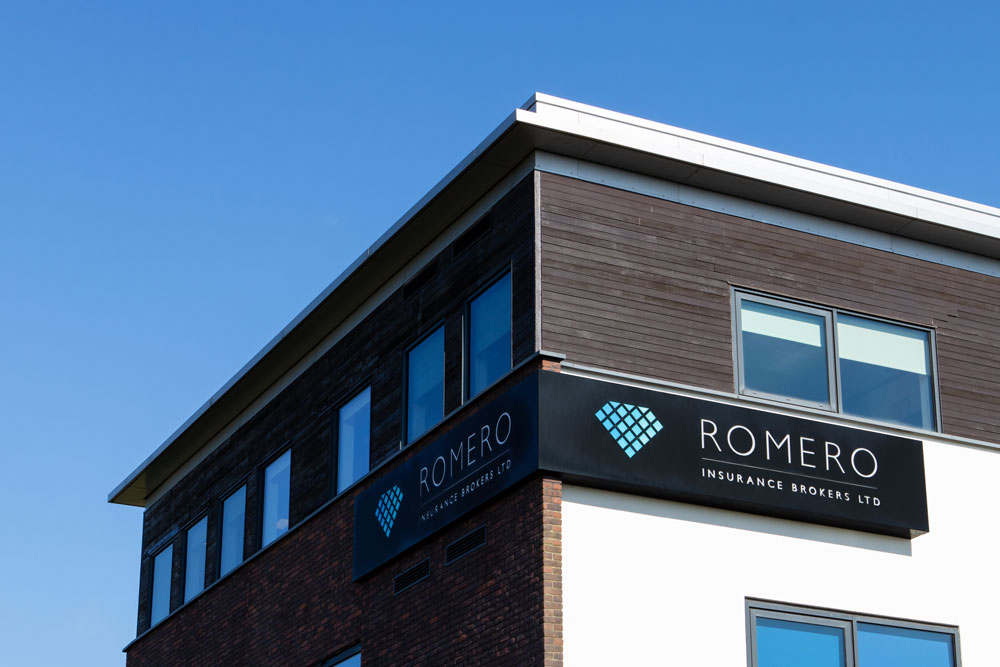The construction industry is constantly developing to keep up with demand. Materials and processes are changing in order to build quicker and to fit tightening budgets.
And although those working in construction are as highly trained as they’ve ever been, there are risks that come with the new methods and materials.
Acknowledging these changing risks will allow you to make more informed decisions regarding the materials you invest in, or how much time and money you’re willing to spend on your build.
Risk 1: Combustible materials
Modern methods of construction, such as timber frames instead of brick or concrete and high insulation foam sandwich panels, create a greater potential for elevated fire risks. With these methods, there is a greater chance of fire spreading quickly and extra attention should be made to avoid combustible materials in favour of less combustible alternatives.
The potential outcome of these modern methods is greater claims costs and inconvenience to your business. If you haven’t installed sufficient fire containing measures, fires are likely to cause greater damage.
Risk 2: Untried and untested
A major issue with modern methods of construction is that there’s no evidence of how they react in certain circumstances. Theirs is currently little statistical data of their performance against flooding or tornados etc. Without this knowledge, it’s difficult to predict the size of claims.
Risk 3: Wear and tear
Some modern materials or construction methods don’t have the same durability over time as more traditional ones. Timber vs concrete is a prime example. This could create an increase in the frequency and extent of certain claims types such as structural damage or escape of water.
Risk 4: Methods and materials no longer in use
New methods aren’t necessarily improvements on old methods and there is a chance that new methods will be discontinued not long after they’re introduced. If that does happen, how would your business replace building systems / materials that become damage?
Risk 5: Eco-friendly isn’t necessarily insurance-friendly
We’ve seen some construction companies use ‘green’ or eco-friendly alternatives to traditional methods, such as grass on roofs and walls to help the buildings blend in to their surroundings. However, these alternatives bring with them their own unique risks.
For instance, the aforementioned grass roofs and walls can become fire hazards if not properly maintained. If they’re not watered on a regular basis, the grass can dry out and help the creation and spread of fire.
If you’re planning on replacing traditional construction methods and materials with modern alternatives, give us a call today so we can help highlight the risks. Risks can be managed, as long as they’re identified before a claim occurs.



